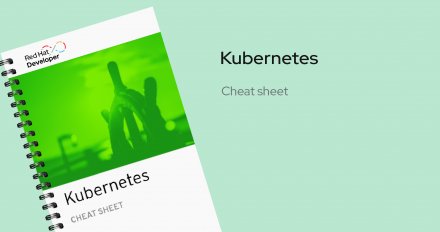
Article
Red Hat Summit 2017 – Planning your Cloud and Containers Labs
Red Hat Summit 2017 – Planning your Cloud and Containers Labs

Red Hat Summit 2017 – Planning your Cloud and Containers Labs


(Part 2)Note: This article describes the functionality found in the Red Hat Container Development Kit 3.0 Beta. Features and functionality may change in future versions.



Download the Kubernetes cheat sheet and learn how to install Minikube, run locally on Minikube, install kubectl, and use the kubectl CLI.


















